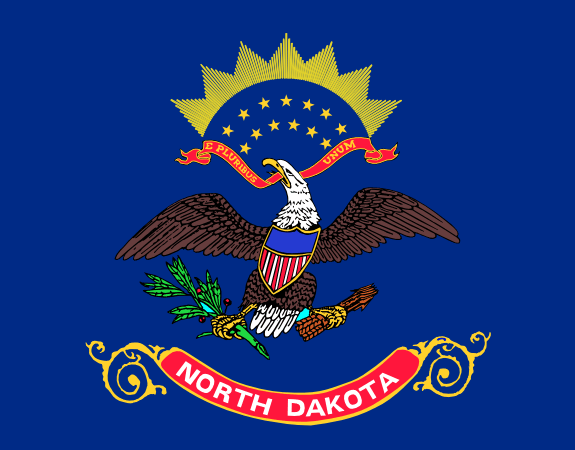Some states limit the amount of damages that can be awarded in a civil trial by enacting what are known as “Damage caps.” Generally speaking, caps are arbitrary limits that limit the amount of money a victim can recover. Caps punish the most seriously injured victims of neglect and abuse by capping the amount of monetary damages that can be awarded against the person who caused the harm. Usually, damage caps are the result of lobbying efforts by large insurance companies and big businesses.
In North Dakota, there is a noneconomic damages cap of $500,000 in medical malpractice cases. N.D. Cent. Code § 32-42-02. In addition, any award of economic damages of over $250,000 may be challenged by the defendant and reviewed by a judge. When economic damages are challenged by a defendant, the defendant has the burden of proving that the award does not reflect the injured person’s reasonable economic losses.
The state of North Dakota limits punitive damages to $250,000 or twice the amount of compensation, whichever is greater; however, punitive damages may not be awarded if there are no compensatory damages. § 32-03.2-11.

The statute of limitations is the length of time a plaintiff has in which to file a legal claim against a nursing home because of elder abuse or caregiver neglect. The length of the statute changes depending on whether the victim was injured, killed, or harmed by medical malpractice.
In North Dakota, the statute of limitations on injuries that result from nursing home neglect or nursing home abuse is generally six years. See § 28-01-16.
The statute of limitations in cases for medical malpractice and wrongful death is two years. In the case of medical malpractice, the North Dakota statute of limitations is two years from the date of the discovery of the malpractice but not more than 6 years from the date of the injury. An exception to this limit is when discovery of the malpractice was prevented by fraudulent conduct. See § 28-01-18. Further, if medical malpractice results in death, the statute of limitations is two years from the date of death.
Claimants in wrongful death cases may recover compensatory damages which are proportionate to the injury resulting in death, as well as punitive damages. See § 32-21-02.
Almost universally, nursing home neglect and abuse cases that result in personal injury or wrongful death are retained on a contingent fee basis. Under a contingent fee agreement, the attorney is paid out of the settlement or award made for the client. The North Dakota Rules of Professional Conduct provide that an attorney’s contingent fees must be reasonable. In addition, the contingent fee must be in writing and explicitly state how the fee is determined and what percentage the attorney will be paid from any settlement, award or appeal.

When elderly residents are admitted to a North Dakota nursing home they maintain the legal rights they had while living in the community at large. Long term care and nursing home facilities are responsible for protecting and promoting the legal rights and responsibilities which are guaranteed by both federal and North Dakota state law.
Under these laws, each nursing home is required to:
North Dakota Nursing home Resident’s Rights include but are not limited to:
Disclaimer: This article is for informational purposes only. It is not legal advice and should not be used as legal advice. The legal statutes, laws and procedures contained in this article may not be current and may have been revised since the time of publication or contain errors. An attorney can provide legal guidance only after reviewing the details of your individual case.
Image via Flickr via Cuksis
